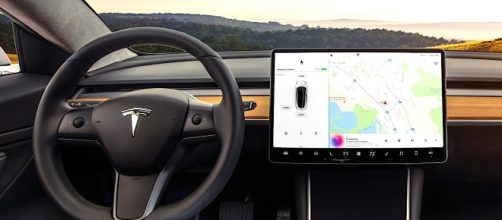Tesla, the electric vehicle manufacturer founded by startup marvel Elon Musk, has never shied from making grand promises regarding its products, in the mold of its CEO. They said their latest car, the Model 3 sedan, was going to be one of the most affordable electric-powered automobiles yet built, and it was true after a fashion. Tesla then outlined an ambitious ramping up of vehicle production that would see the quota reach 20,000 by year’s end. Nevertheless, a major stumbling block struck when the company could only make 260 out of the slated 1,500 Tesla Model 3’s for Q3.
That is not quite the end of the story, as they have gone on an employee firing spree recently.
Not a layoff
The word is out that Tesla has let go of some employees and staff from both its corporate headquarters in Palo Alto and its vehicle factory (where the Model 3 and other cars are manufactured) in Fremont, both in California. Interviews conducted by Reuters and other news agencies with former and current Tesla employees put the number of personnel axed to be somewhere between 400 and 700. These people ranged in duties and authority from rank-and-file factory workers, sales representatives, higher-level engineers, and even management-tier staff.
But the firing was not a layoff, according to an official statement rolled out by Tesla.
The job terminations came in the wake of a company-wide annual review, and they have been deemed to have a lackluster work assessment record. A spokesperson for the automaker and tech firm explained that being a company of 33,000 employees, a bad performance review will result in “departures.” He did add that, as Elon Musk’s company is continuing to grow and extend its reach globally, it will be able to fill in the majority of the positions vacated by the fired personnel, with new hires.
Manufacturing troubles
At first glance, the timing of employee departures for Tesla is rather puzzling given the production difficulties they had been having with the Model 3 car. Elon Musk himself had said that the company is looking at a weekly production capacity of 5,000 automobiles by year’s end, but as of October 6, they have been experiencing “bottlenecks” that had led to the abysmal turnout of new vehicles.
In addition, a number of their “manufacturing subsystems” have been taking much longer to activate.
Musk noted that Tesla was working hard to divert resources to ramp up production of Model 3s to meet their goals. And it had to be soon; according to company statistics, there is still a long waiting list of over 500,000 customers still waiting to receive their Model 3 sometime soon.


